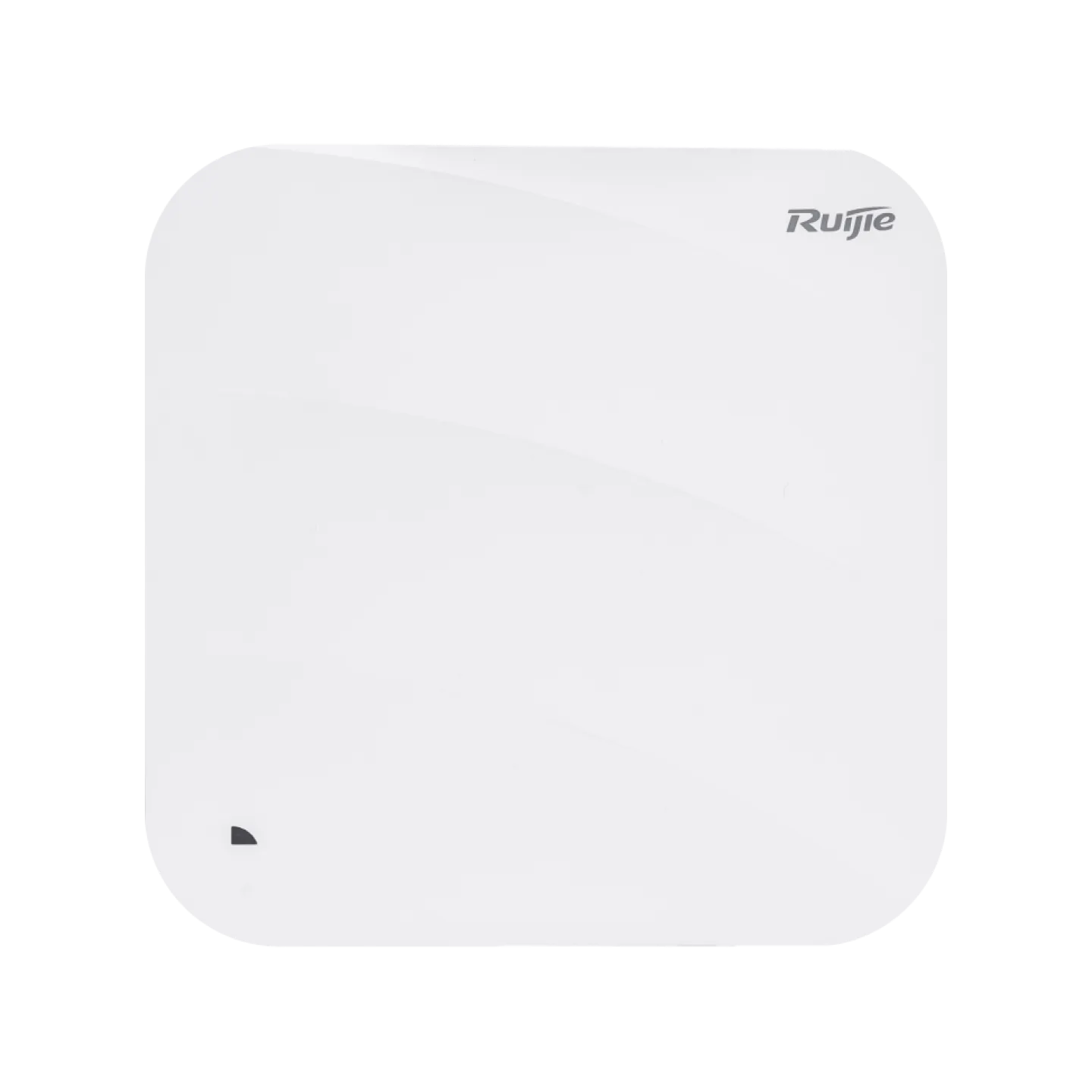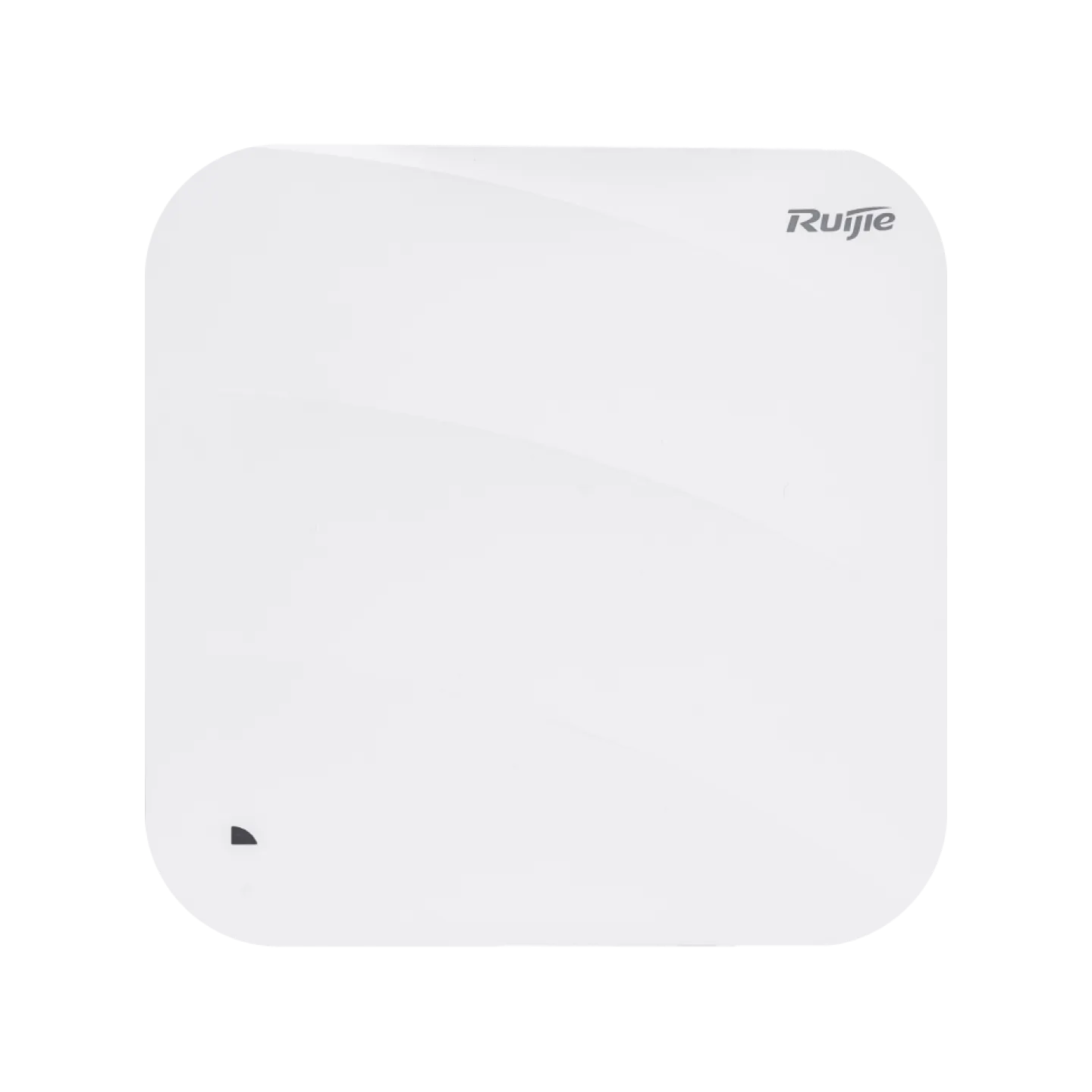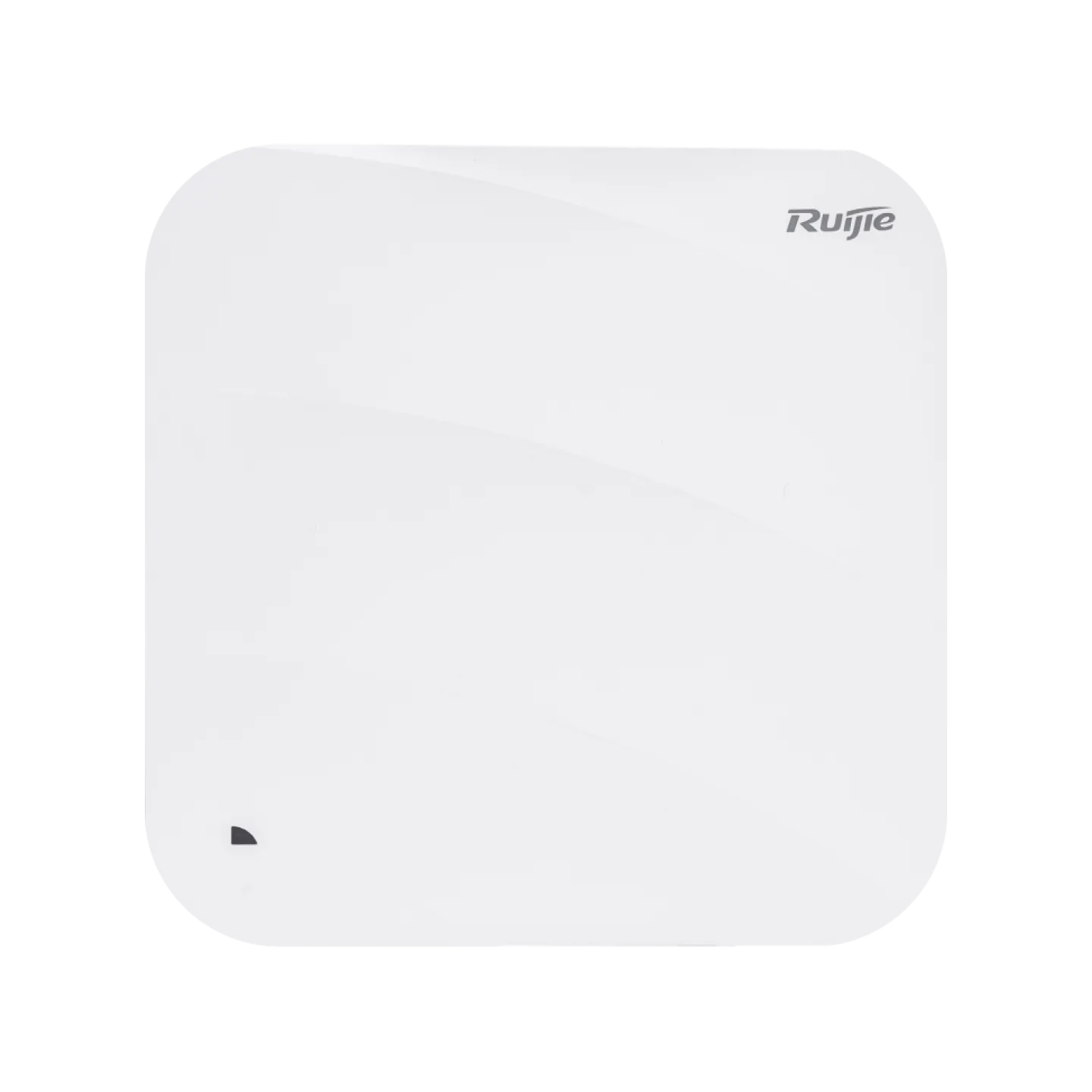Understanding available frequency bands for access points (APs)
A frequency band indicates a specific range of radio frequencies that APs use on a Wireless Local Area Network (WLAN). A wireless AP serves as a bridge connecting a wired network and a wireless network, enabling wireless clients to access network resources and services. Different APs can operate on different frequency bands. These frequency bands are a part of the radio spectrum and are used to transmit and receive wireless signals. In the wireless network field, available frequency bands for APs include 2.4 GHz and 5 GHz.
Importance of frequency bands
Different frequency bands have distinctive transmission characteristics and penetration capabilities and apply to diverse scenarios. For example, certain bands are more suitable for indoor use because they can better penetrate walls and other obstacles, while other bands excel for outdoor or long-haul transmission. An appropriate frequency band will guarantee the coverage range, data transmission rate, and connection stability of a wireless network.
Difference between 2.4 GHz and 5 GHz and selection criteria
The two frequency bands feature unique advantages in the transmission rate, signal stability, and interference:
Regarding the transmission rate
The 2.4 GHz frequency band is widely used on various wireless devices, but its transmission rate is relatively low. In particular, in high-density environments, the 2.4 GHz frequency band is susceptible to interference from other devices, which affects transmission efficiency. Compared with the 2.4 GHz frequency band, the 5 GHz frequency band provides a faster transmission rate, especially in high-density environments. Moreover, with a higher frequency, 5 GHz boasts a larger data transmission capacity.
Regarding signal stability
The 2.4 GHz frequency band, while supported by numerous devices, is prone to interference, negatively affecting network performance and stability. In contrast, 5 GHz is less prone to interference.
Generally, the 2.4 GHz and 5 GHz frequency bands available for APs have distinct advantages. You can select a frequency band based on actual needs and environmental conditions. 2.4 GHz applies to home and office scenarios that require wide signal coverage and low costs. However, in a high-density scenario, the 5 GHz frequency band is preferred. 5 GHz is suitable for high-speed, large-capacity data transmission scenarios, such as large enterprises and data centers.














